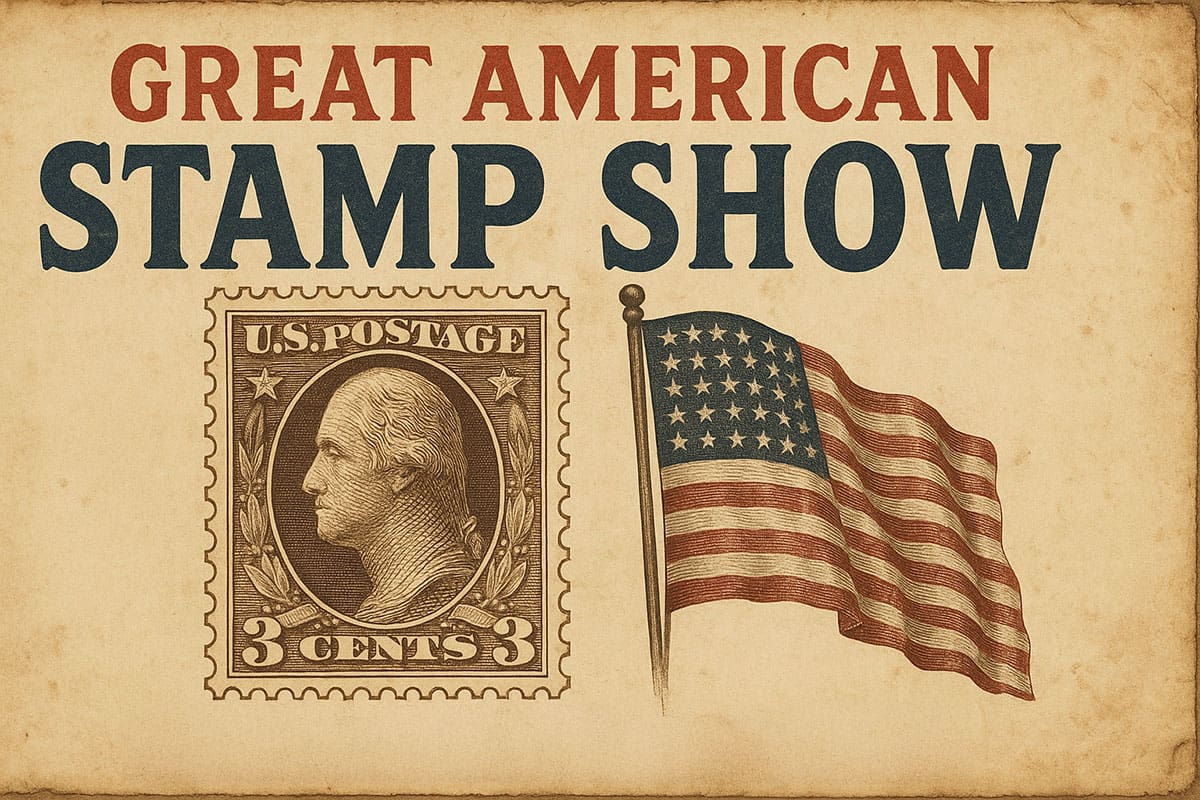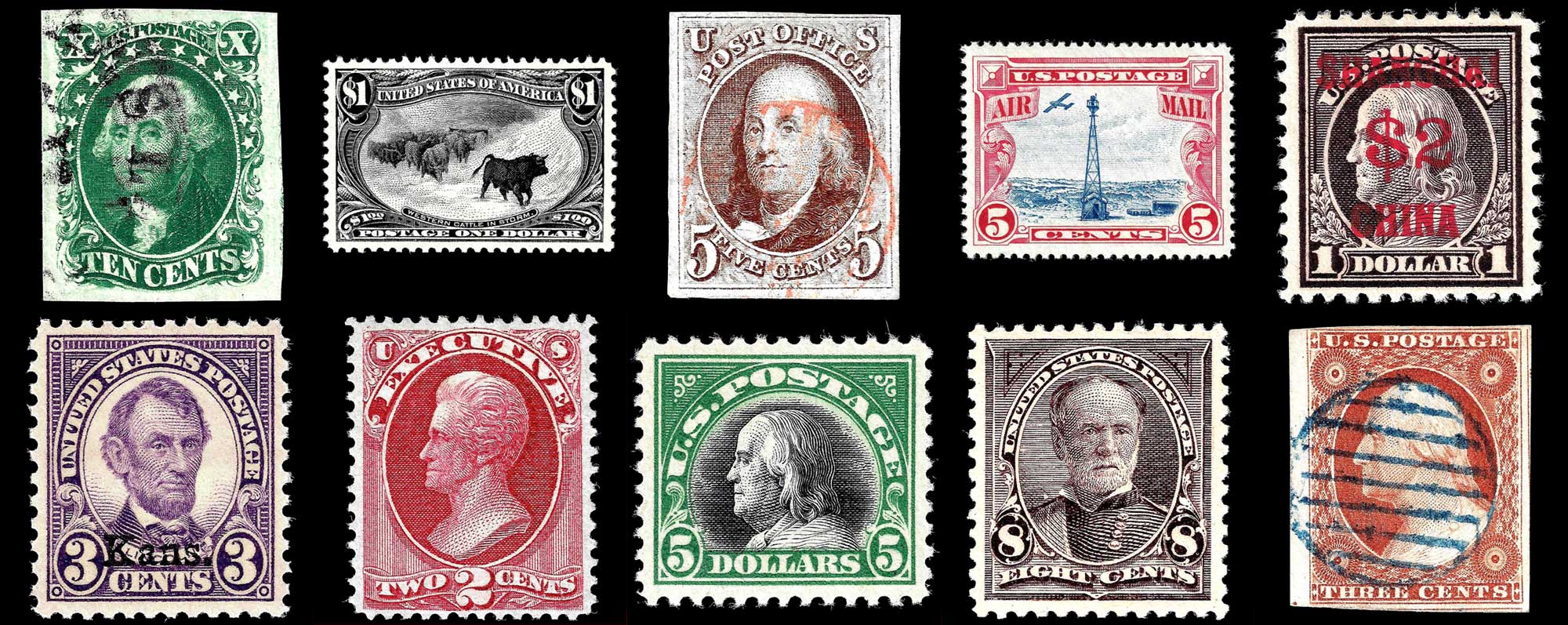Scott #231, the 2-cent “Landing of Columbus,” is a significant issue in the history of United States philately. It belongs to the Columbian Exposition series, which was released in conjunction with the 1893 World’s Columbian Exposition held in Chicago to commemorate the 400th anniversary of Christopher Columbus’s first voyage to the Americas.
The series consists of 16 stamps, each depicting a different scene from Columbus’s expeditions, ranging in denominations from 1 cent to $5. The 2-cent denomination served a practical purpose in the postal system, being tailored for the prevalent first-class domestic letter rate of the period.
Design & Print
Printed by the American Bank Note Company, Scott #231 was produced in massive quantities, with estimates suggesting over 1.4 billion stamps were issued. This high production volume was necessitated by the stamp’s intended role as a workhorse for everyday postal use.
The design of the stamp features an engraving of John Vanderlyn’s painting “The Landing of Columbus,” which depicts Columbus and his crew arriving in the New World. The image was intricately adapted to fit the format of a postage stamp, with the denomination of “2 Cents” prominently displayed in the upper corners.
The stamp was printed in a brown violet color. Production commenced in late 1892, with the stamps becoming available to the public on January 1, 1893. The American Bank Note Company employed high standards of engraving and printing techniques to ensure consistency and detail, which was particularly critical for a commemorative series of this scale and importance.
Postal Usage
During its period of use, Scott #231 was primarily employed to pay the first-class domestic letter rate, which was 2 cents per half ounce. This rate had been in effect since 1883 and remained unchanged through the 1890s. The stamp’s wide circulation reflected the stability and consistency of the U.S. postal system during this era.
Additionally, the stamp could be combined with other denominations for higher postal rates, including international postage or heavier domestic mail. Its release coincided with the heightened interest in commemorative stamps, driven partly by the Columbian Exposition itself, which celebrated advancements in transportation, industry, and global connections.
Identification
Several distinctive design characteristics allow Scott #231 to be identified and distinguished from other stamps in the Columbian Exposition series. The central vignette depicts Columbus stepping onto land while he and his men raise flags.
Surrounding the vignette is an ornate frame featuring intricate scrollwork, and the words “United States Of America” are inscribed along the top border. The denomination “2 Cents” is displayed in numerals at the upper corners.
The top left corner says “1492” while the top right corner says “1892”. Not to be confused with the 1992 reissue (Scott #2625a) that says “1992” in the top right corner.
A key feature of this stamp is its brown violet color, which is uniform across all printings. However there are two distinct plate varieties including the “Broken Hat” where there is a triangular missing piece of the hat on the third figure to the left of Columbus. And the “Broken Frame Line” at the bottom right corner. Both of these varieties add a premium to the value.































Ask A Question Or Leave A Comment